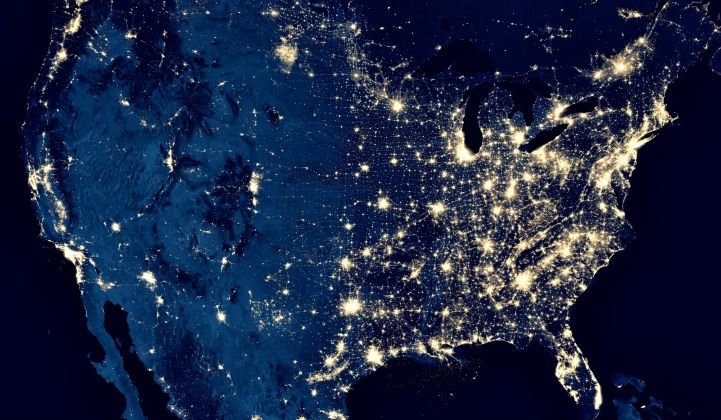Cutting U.S. carbon emissions to zero by midcentury will require trillions of dollars of investment and disrupt entire sectors of the economy reliant on fossil fuels. But that doesn’t mean that states most reliant on fossil fuel extraction or industries powered by them must lose out in the transition. That’s a key finding of the Decarb America report released Thursday by Third Way, Clean Air Task Force and the Bipartisan Policy Center. It’s the latest in a slew of recent studies projecting the pathways and tradeoffs for reaching the Biden-Harris administration’s goal of a zero-carbon economy by 2050.
Much like a Princeton University-led decarbonization study released in December, the new report uses modeling from Evolved Energy Research to analyze multiple technology and policy pathways to reach this goal. The nine scenarios it models share a common need for a massive build-out of wind and solar power and electrifying transportation and building heating, as do most previous studies. But the scenarios differ in their assumptions of how quickly renewables will be able to grow […]
Click here to view original web page at www.greentechmedia.com
Credit: NASA

